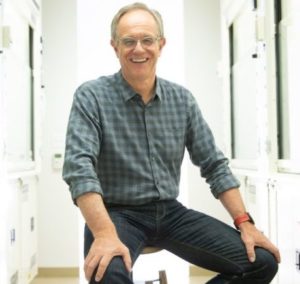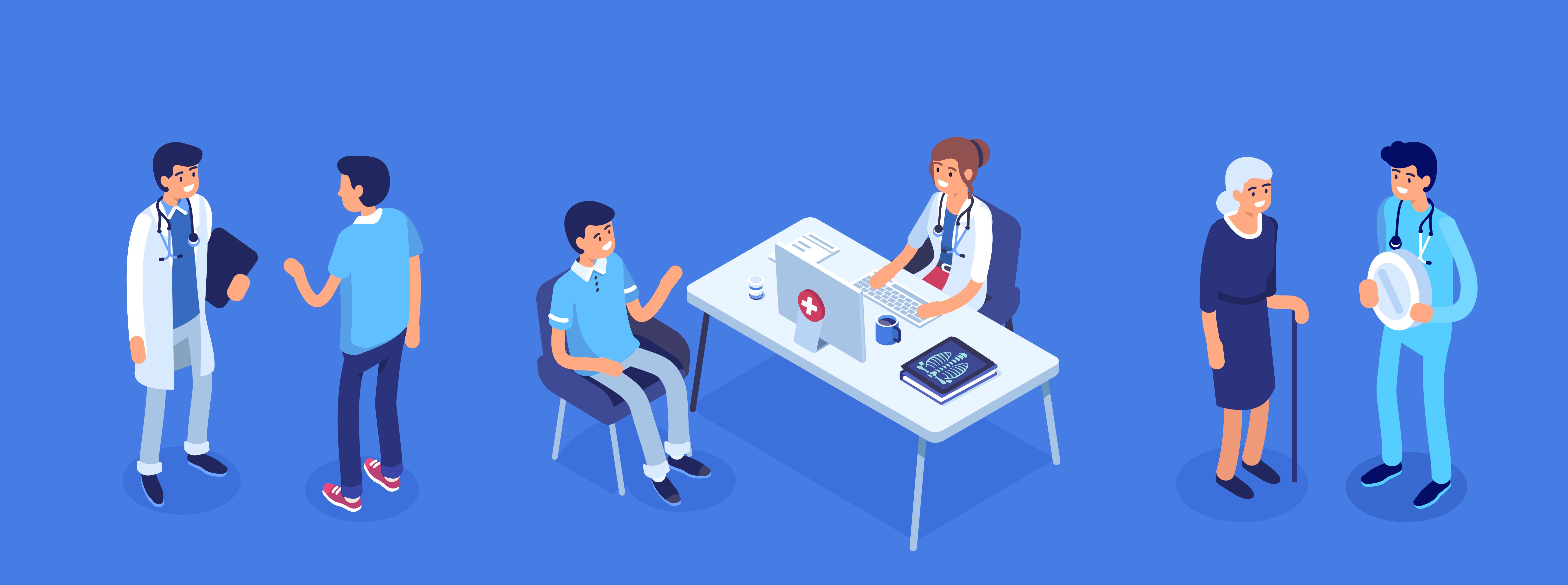by Buck Institute
August 30, 2019 . BLOG
Ageism in Medical Care: Another Data Set to Improve Healthy Aging
 By Eric Verdin, President and CEO of the Buck Institute
By Eric Verdin, President and CEO of the Buck Institute
Scientists at the Buck spend a lot of time measuring things so small that even most microscopes can’t capture them, let alone the naked eye. But some things are hard to measure because they are so big. Biases like ageism fit into this category. Ageism (stereotyping or discriminating against a person based on their age) is a societal problem that can affect many facets of life. Of particular import, ageism can impact medical treatment and health outcomes. Fortunately there are scientists just as intrepid as those at the Buck working to measure ageism and its consequences, as well as interventions to combat ageist stereotyping.
Ageism in medical care is a complex issue that can lead to undertreatment, overtreatment, or misdiagnosis. A 2015 study found that one in five Americans over 50 reported age-based discrimination in healthcare, and that those who reported discrimination had worse outcomes. Could part of the problem be that health professionals treat older Americans with a one size fits all approach? That’s a big mistake because, as Buck assistant professor and geriatrician Dr. John Newman says, “If you’ve met one 85 year old, you’ve met…one 85 year old”.
Unfortunately, some health care providers, subconsciously or not, may default to preconceptions when treating older adults. In a common example of undertreatment, pain might be dismissed as a “just a part of growing older”. A diagnosis of dementia rather than dehydration illustrates how stereotypes and misconceptions can lead to misdiagnosis and overtreatment. It all adds up, both on an individual and a societal level: the annual cost of ageism in medical care was recently estimated by Yale University to be $63 billion. There are doctors who recognize this is a problem and are trying to change the system.
Sometimes the deleterious effects of ageism flow from older adults who have absorbed ageist views from society. An older adult holding negative views of aging is more likely to suffer symptoms of depression and anxiety. Such views are also associated with brain changes that lead to Alzheimer’s. One study found that people with negative perceptions of aging have a shorter lifespan than those who view aging more positively.
Of course even though all 85 year olds are different, they are also very different from 35 year olds, and aging can come with health challenges. Indeed, aging is the number one risk factor for a constellation of chronic diseases, a correlation that Buck scientists are working to combat every day. As a result, it might be the case that a particular ache or pain is age-related. However, this understanding should guide medical practitioners toward empathetic, nuanced care rather than dismissal of the health concerns of older adults. The Buck approach is that the connection between aging and disease is a reason to focus on the aging process, not a reason to ignore it. Our researchers are tackling this connection because we envision a world in which healthy aging is universal. We can only achieve that with close attention to, respect for, and empathy with the older adults in our community.
Combatting ageism in medical treatment is becoming particularly important as the aging process changes. People are not just living longer; they are living healthier longer too. The older adult of today is not the older adult of thirty years ago, and work from the Buck and elsewhere will continue to improve healthspan. Societal attitudes need to keep pace with these advances. Luckily, there are lots of people working on interventions to combat ageism, including a global initiative led by the World Health Organization. Even better, there is promising data that there are simple fixes that promote more positive, inclusive attitudes toward older adults. For example, recent research from Cornell found that intergenerational contact can have a large effect on reducing ageist attitudes. This strategy has been introduced in 20 medical schools nationwide. While we wait for society to catch up, you can check Old School, created as a clearinghouse of anti-ageism resources by Ashton Applewhite (author of This Chair Rocks). We can also remind ourselves that we are all older adults in training.

SHARE